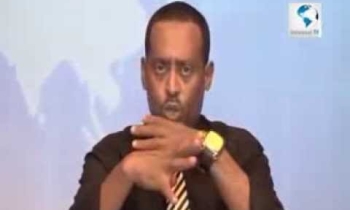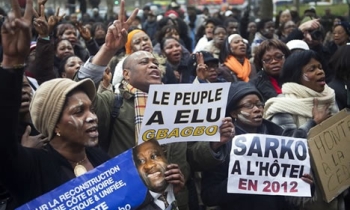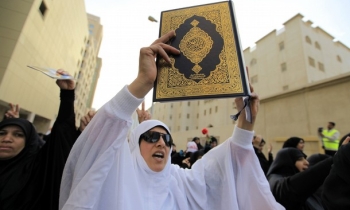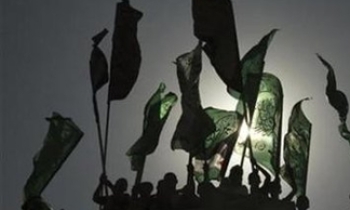New Delhi, Oct 15 (IANS) The 'Great Indian Media War' is set to get hotter and bloodier, with two of the country's biggest players and visceral rivals joining hands to produce a common city-centric newspaper to ward off newer rivals threatening their decades-old dominance.
Industry insiders have reacted to the "strange" alliance between The Times of India (TOI) group and The Hindustan Times (HT) Media group with surprise and consternation.
And media pundits are still trying to figure out inspirations and calculations behind this move. "It's a strategic move to consolidate their monopoly in the Delhi media market. It needs to be watched carefully," N. Bhaskara Rao of the Centre for Media Studies told IANS.
The headline-hogging alliance between former rivals and now strategic partners is calculated to thwart soaring ambitions of the India Today group, which plans to launch a daily English newspaper, and Subhash Chandra's Zee group that plans to launch a Delhi edition of DNA - an English daily launched last year in Mumbai by the Zee group in collaboration with the Dainik Bhaksar group, the publishers of the second largest Hindi daily with multiple city editions.
The strategic partnership between Bennett Coleman and Co Ltd, the company that owns the TOI, and the HT Media Ltd has been in the making for some time. Last year the two entered into a pact on 'no poaching' of journalists before the Hindustan Times took the battle to the TOI's home turf by launching its edition in Mumbai.
Sevanti Ninan, media expert, sees the new joint venture between the two media titans that have bitterly fought for a share of the Rs 5,000-crore (Rs. 50-billion) advertising booty, as a "preemptive move" to keep rivals and intruders out of what they see as their fiefdom.
"They are both Marwari business houses and they run two large successful newspapers in India. Although they may be rivals, there is some synergy between the two groups," Ninan told IANS. She, however, declined to speculate on the contours of the new newspaper and what it promises to readers and advertisers.
S. Nihal Singh, a former editor of The Statesman and media critic, sniffs in the alliance another cynical ruse by the country's top media brands to "milk the Delhi market".
"Both giants of the Indian press have decided to milk the Delhi market for all it is worth. They don't want any intruder coming in and grabbing a share of the advertising pie," Singh said.
"They are getting disturbed by the ambitions of the Dainink Bhaskar paper which plans to bring out the Delhi edition of their Mumbai-based daily DNA," Singh said.
The anticipated entry of new foreign publications - the government currently does not permit direct foreign investment above 26 per cent of equity in the print media - and the deployment of foreign media companies for generating badly needed resource in a cut-throat market will queer the pitch and intensify the scramble for the mammoth ad pie.
Last year, the Hindustan Times forged a financial partnership with Henderson of the UK, a subsidiary of Australia's AMP. The Times of India group has tied up with Reuters for its TV channel Times Now.
The Hindustan Times has struck a content sharing agreement with the Wall Street Journal for its new business daily which it hopes will be able to breach the dominance of The Economic Times - the prima donna of the financial dailies brought out by the TOI group.
The British daily The Independent plans to soon publish a facsimile edition in India in collaboration with the Dainik Jagran group, India's number one Hindi daily, on the lines of The International Herald Tribune.
Another British daily, the Financial Times, which has a tie-up with Business Standard, has identified India as its key focus market and is waiting for the government's nod to bring out a facsimile edition that will provide global perspective on international and Indian developments.
The India Today group has already tied up with Bloomberg - an American media company specialising in financial news, for a business channel it plans to launch soon.
According to one estimate, the Indian advertising market is estimated to be over Rs 10,000 crore ($2.2 billion). The print media corners nearly half of this mammoth advertising pie.
Defying trends in the West, where advertising is moving from the print to new-age media like the Internet, the circulation of newspapers is expected to grow in India further in the days to come. According to one estimate, India and China are the top high-growth markets as far as newspapers are concerned.
According to the World Association of Newspapers (WAN), in 2005 China topped the list in terms of total newspaper circulation with 93.5 million a day, India came second with 78.8 million, followed by Japan, with 70.4 million and the United States, with 48.3 million.









